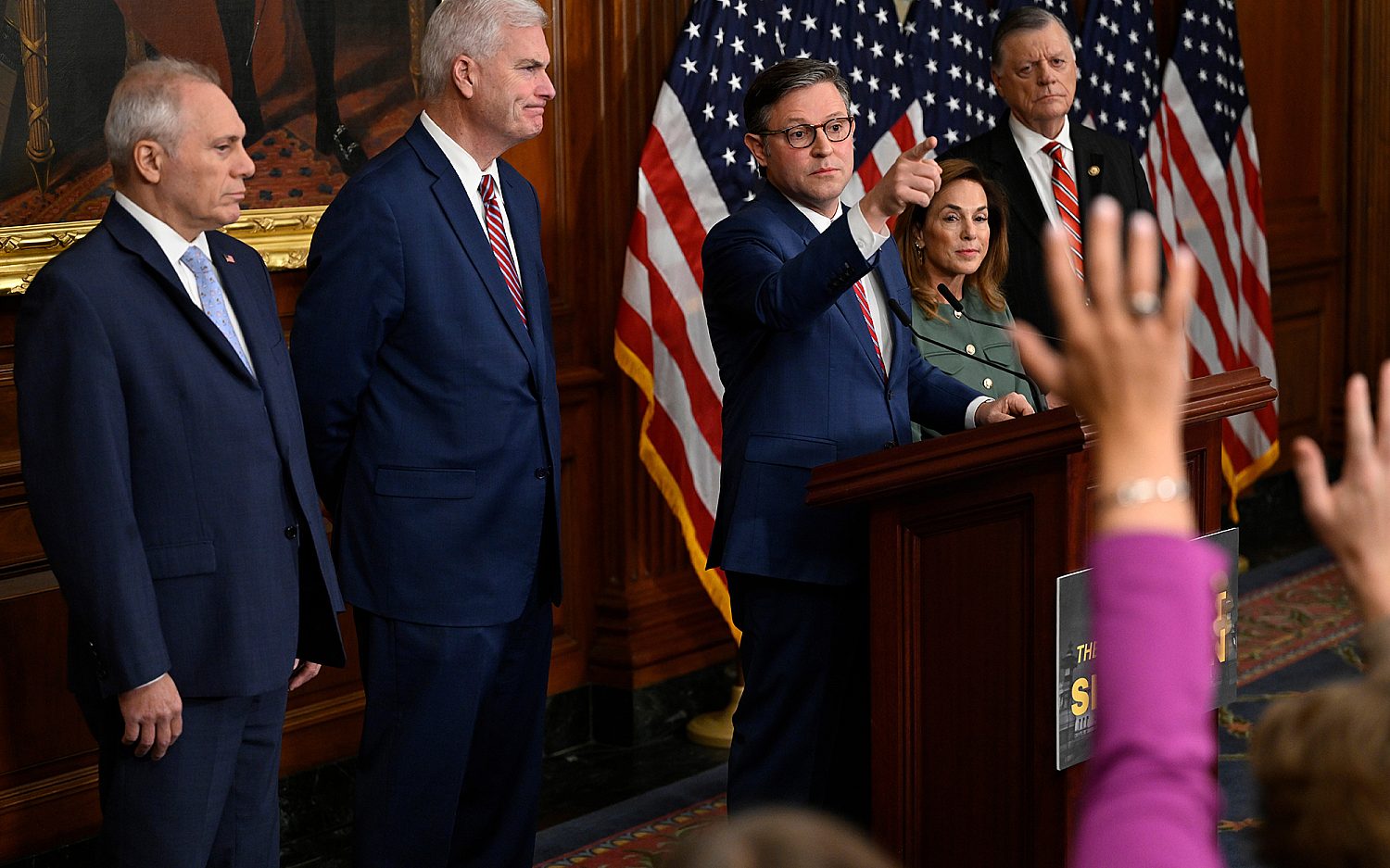Barbie's $2 million Girl Scout patch
The Girl Scouts are losing brownie points over their partnership with Barbie.
Last week two consumer groups, the Campaign for a Commercial-Free Childhood and the Center for a New American Dream, launched a petition calling on the Girl Scouts to end a promotional partnership with Mattel, saying the Barbie brand encourages the “sexualization” of girls and “idealizes a dangerously impossible body type.”
The Girl Scouts say they won’t end the partnership, announced last August, which targets Girl Scouts ages 5 to 9 with Barbie-themed activities.
The initiative, called “I Can Be … ,” encourages Daisy and Brownie scouts to achieve a “Do Anything, Be Anything” pink Barbie logo patch by completing a Barbie activity booklet designed to spark future career ideas. The Barbie patch is the first Girl Scouts patch with corporate sponsorship.
Some see the partnership as an unnatural pairing of two organizations with contrary goals.
“Holding Barbie, the quintessential fashion doll, up as a role model for Girl Scouts simultaneously sexualizes young girls, idealizes an impossible body type, and undermines the Girl Scouts’ vital mission to build ‘girls of courage, confidence and character,’” said Susan Linn, director of the Campaign for a Commercial-Free Childhood.
Mattel brazened through public criticism last month for running an advertising campaign in Sports Illustrated that put a long-legged Barbie in a sexy black and white, one-piece on the cover of the magazine’s 50th anniversary swimsuit edition. The controversial campaign, themed “#unapologetic,” was a four-page spread in Sports Illustrated’s annual tribute to supermodels in bikinis.
In an interview with Fast Company last month, Kim Culmone, vice president of design for Barbie, said the doll’s body proportions are purely pragmatic. “Barbie’s body was never designed to be realistic. She was designed for girls to easily dress and undress.” When asked if she thought there was a body comparison going on with girls she said, “I don’t. Girls view the world completely differently than grown-ups do.”
But a 2006 University of Sussex study found that 5- to 8-year-old girls exposed to Barbie “reported lower body esteem and greater desire for a thinner body shape” than other girls. The study concluded this exposure “may damage girls’ body image, which would contribute to an increased risk of disordered eating and weight cycle.”
The Girl Scouts, which got $2 million from Mattel to develop the program, is unapologetic about the partnership.
“Our partnership with Mattel focuses on career exploration and teaches girls about inspiring women in a fun way,” said Kelly Parisi, a Girl Scouts spokeswoman. “We stand behind this partnership, as it helps us bring to over two million Girl Scouts the message that they can do anything.”
Others argue the partnership turns girls into “walking advertisements” for the Barbie brand.
“Our children are already being bombarded by marketers’ pitches at stores, at home, online, on TV, and in school,” said Wendy Philleo, executive director of the Center for a New American Dream. “This is product placement at its worst.”
This is the second round of criticism the Girls Scouts has faced in the last few months. Pro-lifers launched a campaign earlier this year to boycott the group’s annual cookie sale because of its ties with pro-abortion organizations. Pro-lifers also criticize the group’s promotion of pro-abortion role models, including former Secretary of State Hillary Clinton and Texas state Sen. Wendy Davis.
The Associated Press contributed to this report.
An actual newsletter worth subscribing to instead of just a collection of links. —Adam
Sign up to receive The Sift email newsletter each weekday morning for the latest headlines from WORLD’s breaking news team.




Please wait while we load the latest comments...
Comments
Please register, subscribe, or log in to comment on this article.